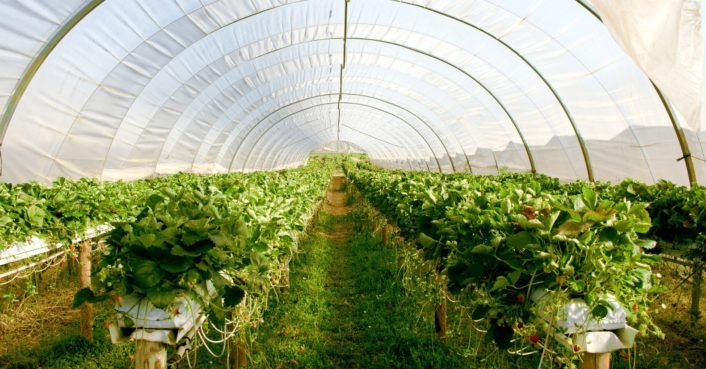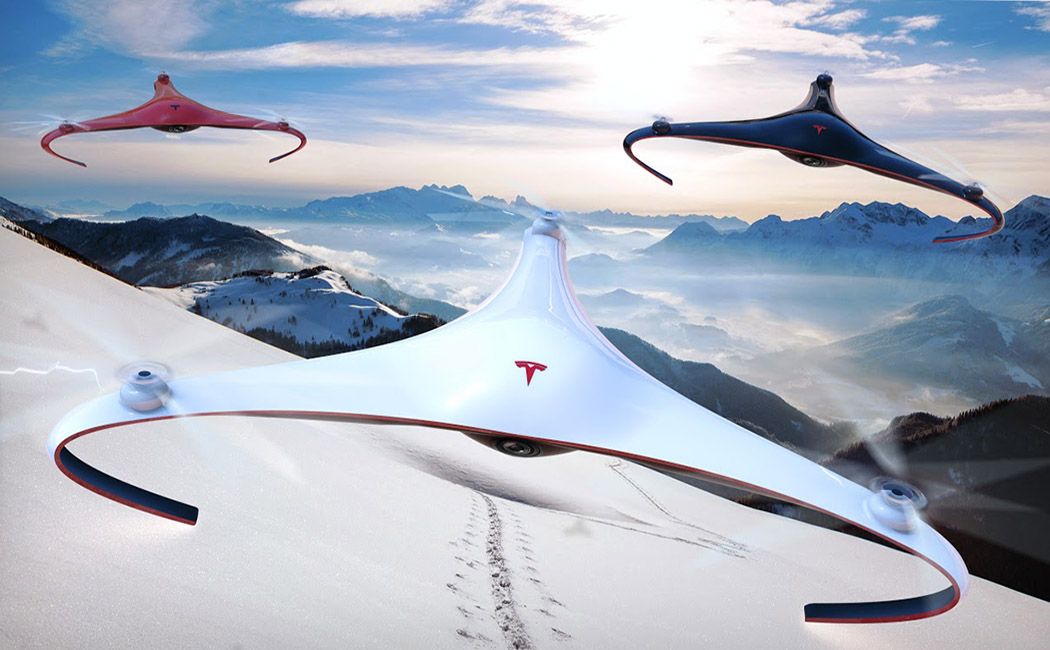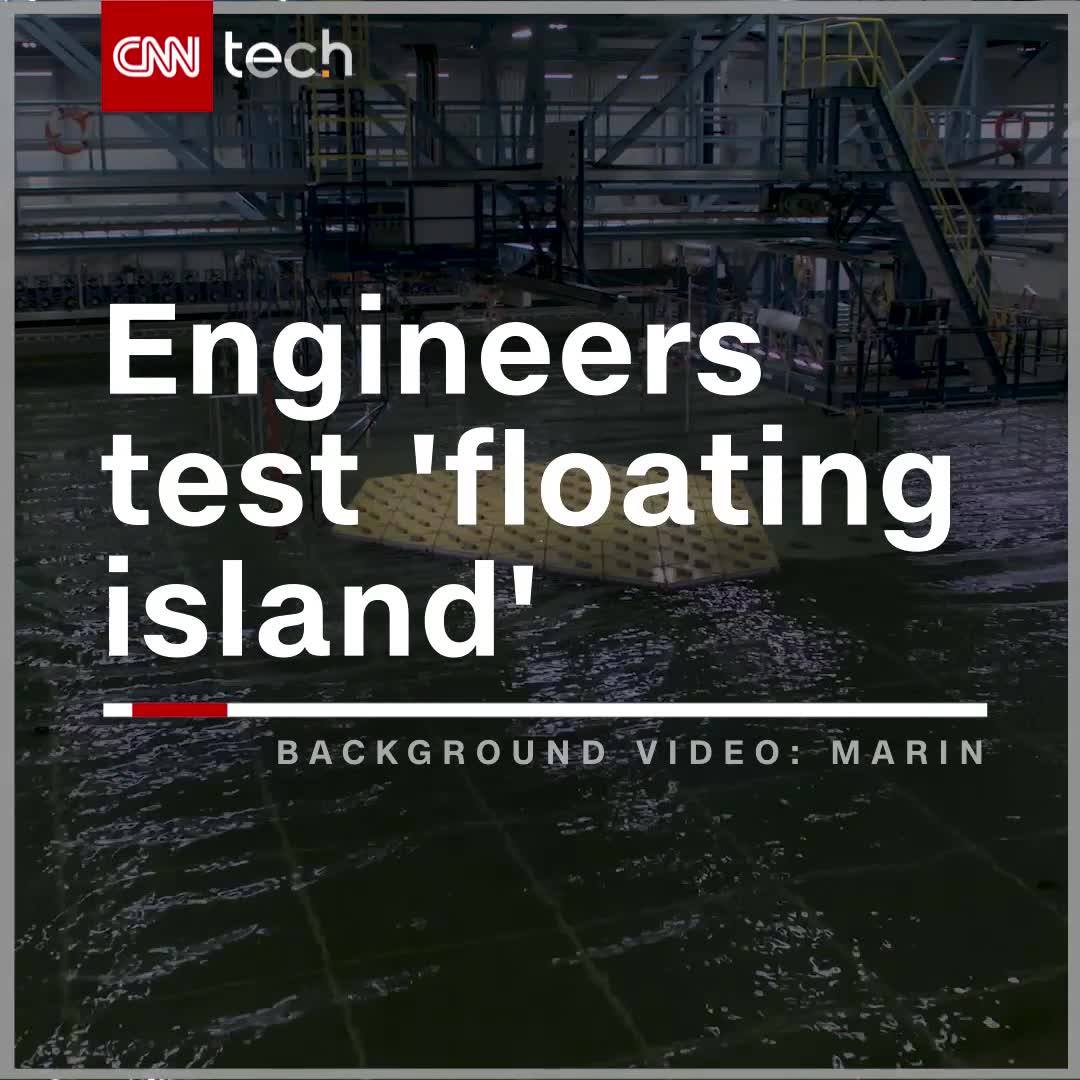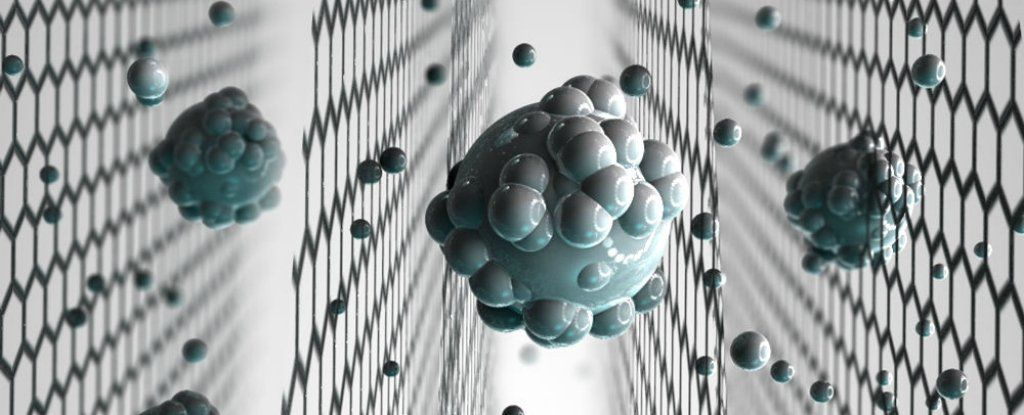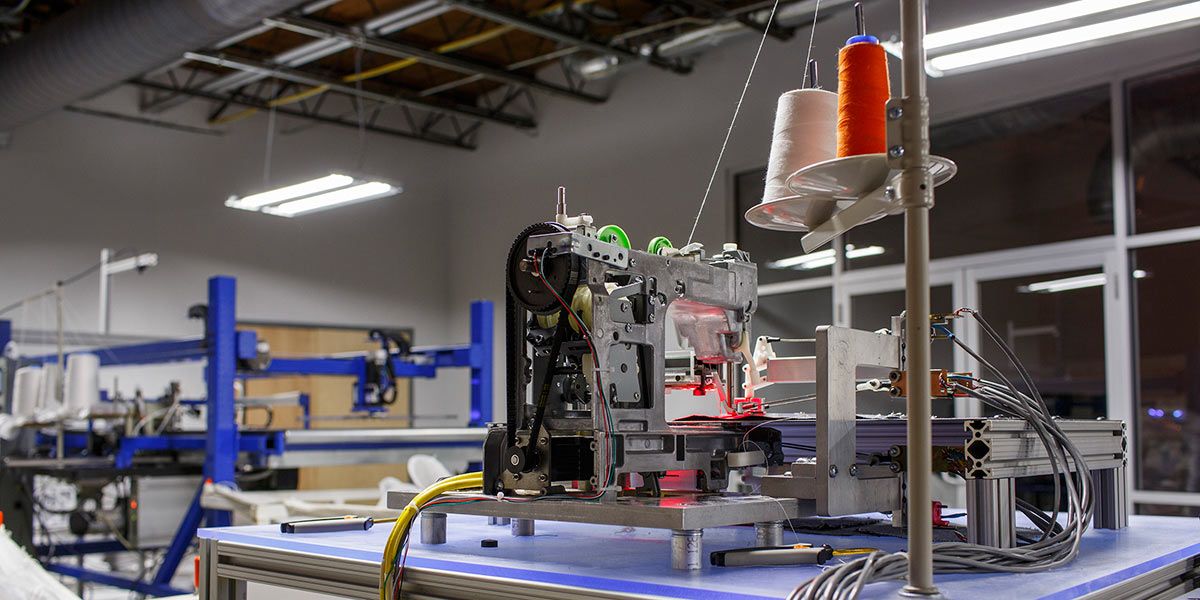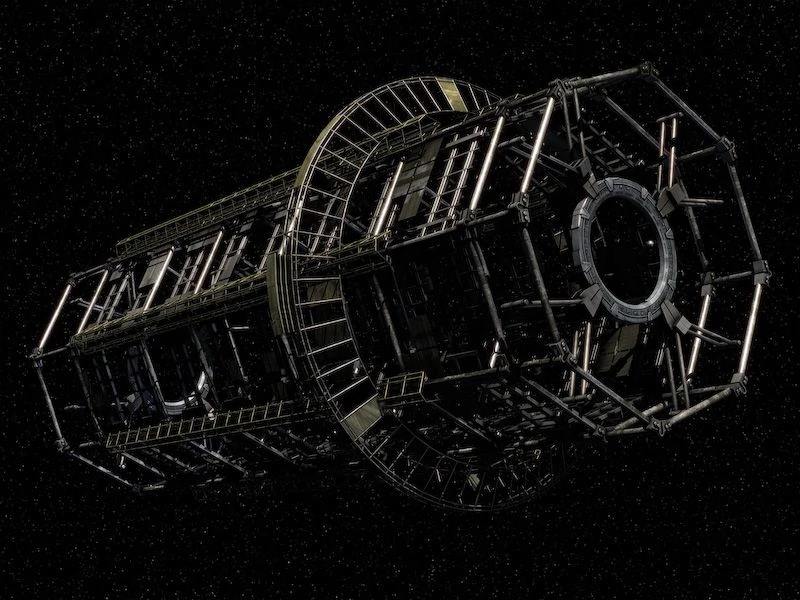Archive for the ‘sustainability’ category: Page 551
Aug 19, 2017
Leave the Drones to Tesla
Posted by Shailesh Prasad in categories: biotech/medical, drones, robotics/AI, sustainability
Did you know that Nikola Tesla patented a drone before there were drones?! Over 100 years ago he called these imagined vessels as being used to carry packages, establish communication with inaccessible regions, and “many other scientific purposes.” Drones are basically in the brand’s DNA, so it’s no wonder that there is so much hype around what a Tesla drone might be like! In this concept, called Aurora, Tesla’s electric motor technology is applied to a tricopter design to facilitate long-range, extended-time camera capability.
Operating either autonomously or controlled manually, it’s ideal for reconnaissance, checking on out-of-reach machinery, routine structure inspections, or simply for capturing vivid photography and video for fun. The three rotor design allows for larger propellers. This results in less required rotations and less energy to fly, making it more efficient with up to 35% more battery life. Because of the size of the propellers, it also has greater acceleration and better maneuverability. As far as looks go, it’s carefully considered and beautifully executed sculpting that’s probably the e-drone concept most closely in line with the Tesla aesthetic.
Designer: Alberto Esses
Aug 15, 2017
Scientists Have Invented a Graphene-Based Sieve That Turns Seawater Into Drinking Water
Posted by Shailesh Prasad in categories: materials, sustainability
Researchers have achieved a major turning point in the quest for efficient desalination by announcing the invention of a graphene-oxide membrane that sieves salt right out of seawater.
At this stage, the technique is still limited to the lab, but it’s a demonstration of how we could one day quickly and easily turn one of our most abundant resources, seawater, into one of our most scarce — clean drinking water.
The team, led by Rahul Nair from the University of Manchester in the UK, has shown that the sieve can efficiently filter out salts, and now the next step is to test this against existing desalination membranes.
Aug 14, 2017
This Economic Model Organized Asia for Decades. Now It’s Broken
Posted by Derick Lee in categories: economics, employment, food, robotics/AI, sustainability
Pan’s company is at the vanguard of a trend that could have devastating consequences for Asia’s poorest nations. Low-cost manufacturing of clothes, shoes, and the like was the first rung on the economic ladder that Japan, South Korea, China, and other countries used to climb out of poverty after World War II. For decades that process followed a familiar pattern: As the economies of the early movers shifted into more sophisticated industries such as electronics, poorer countries took their place in textiles, offering the cheap labor that low-tech factories traditionally required. Manufacturers got inexpensive goods to ship to Walmarts and Tescos around the world, and poor countries were able to provide mass industrial employment for the first time, giving citizens an alternative to toiling on farms.
Automation threatens to block the ascent of Asia’s poor. Civil unrest could follow.
Aug 9, 2017
This is the world’s fastest electric hypercar
Posted by Shailesh Prasad in categories: sustainability, transportation
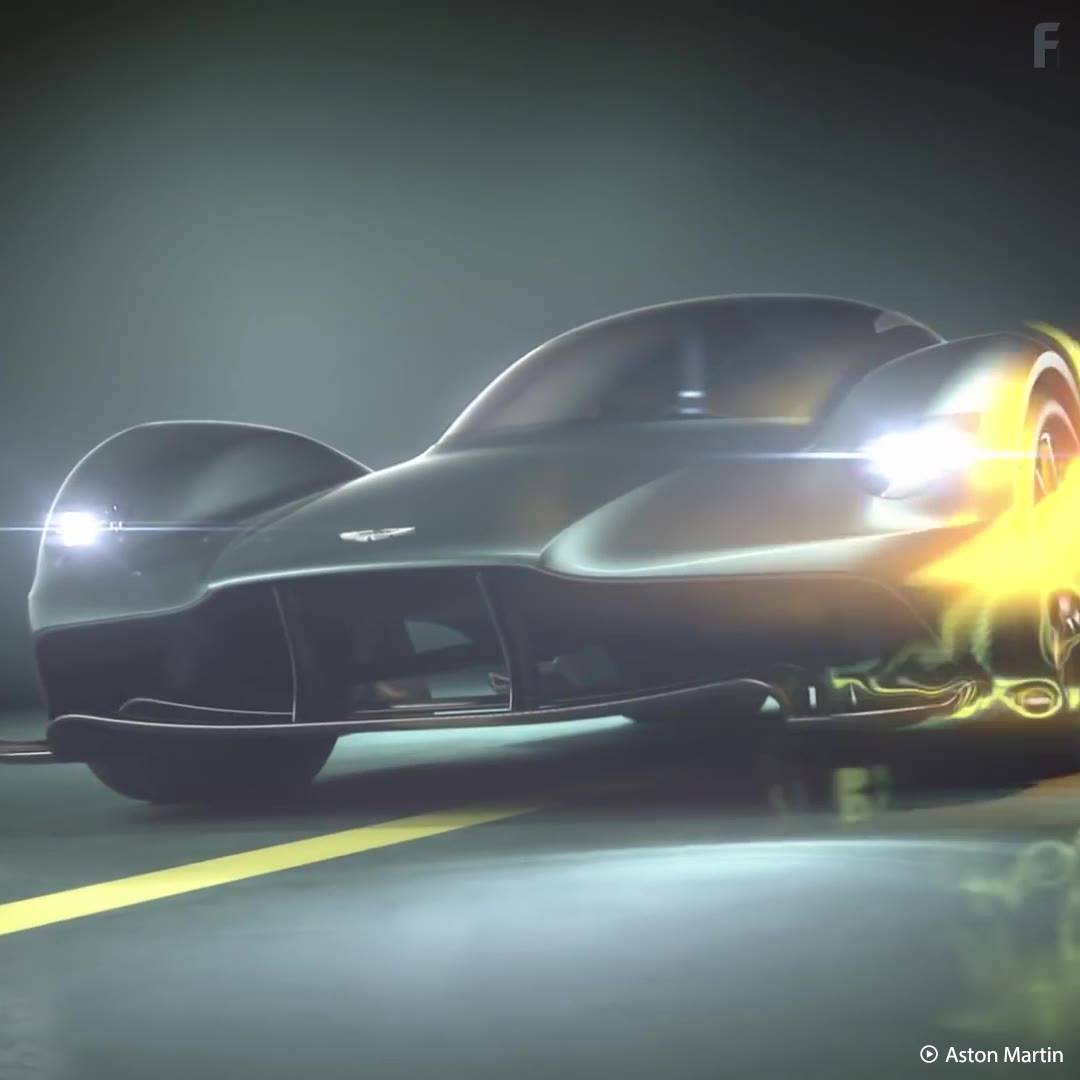
Aug 9, 2017
Jaguar’s fancy, new, all-electric SUV could be giving Tesla something to worry about
Posted by Shailesh Prasad in categories: sustainability, transportation
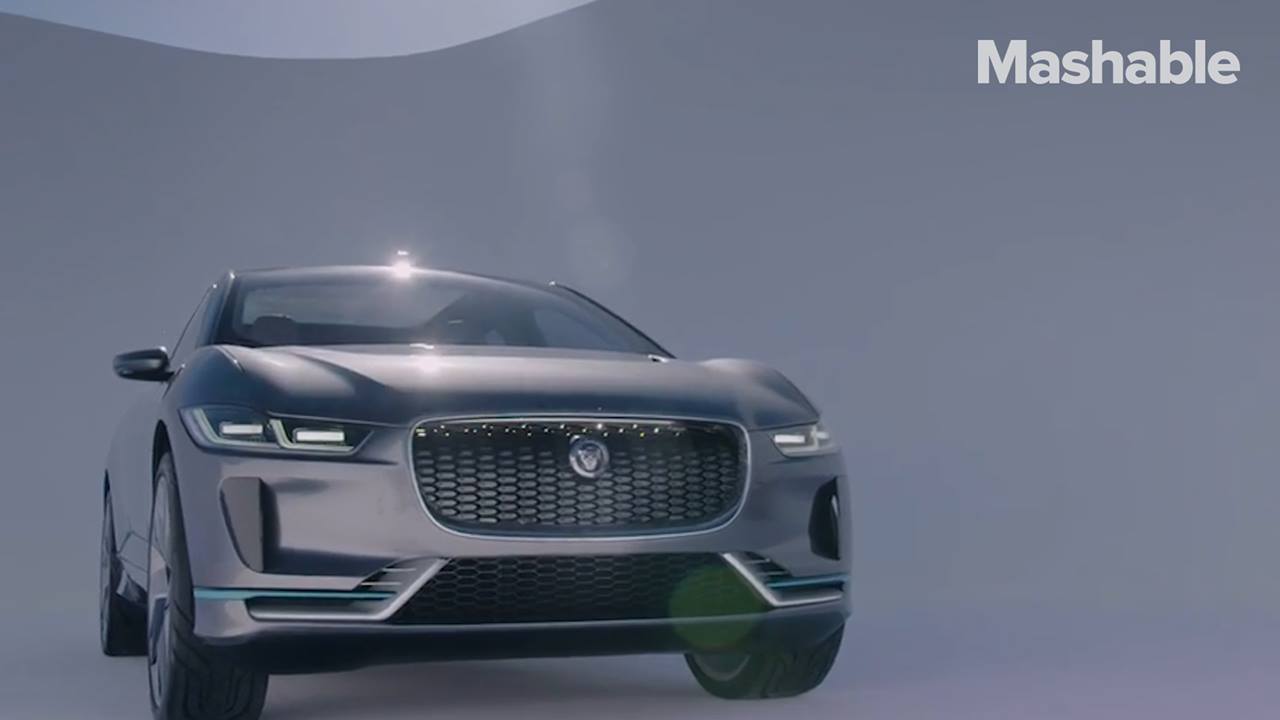
Aug 6, 2017
Project RAMA: Reconstructing Asteroids Into Mechanical Automata
Posted by Klaus Baldauf in categories: solar power, space travel, sustainability
Many interesting ideas have been conceived for building space-based infrastructure in cislunar space. From O’Neill’s space colonies, to solar power satellite farms, and even prospecting retrieved near earth asteroids. In all the scenarios, one thing remained fixed — the need for space resources at the outpost. To satisfy this need, O’Neill suggested an electromagnetic railgun to deliver resources from the lunar surface, while NASA’s Asteroid Redirect Mission called for a solar electric tug to deliver asteroid materials from interplanetary space. At Made In Space, we propose an entirely new concept. One which is scalable, cost effective, and ensures that the abundant material wealth of the inner solar system becomes readily available to humankind in a nearly automated fashion. We propose the RAMA architecture, which turns asteroids into self-contained spacecraft capable of moving themselves back to cislunar space.
Aug 5, 2017
The risk of a transhumanist future
Posted by Zoltan Istvan in categories: biotech/medical, military, sustainability, transhumanism
But a British PhD candidate has warned of the darker side of a transhumanist future.
Sociologist Alex Thomas of East London University believes that transhumanism will further enforce a societal obsession with “progress” and “efficiency” at the expense of social justice and environmental sustainability. In an article published this week in The Conversation, Thomas argues that unbridled technological progress, in which technology “become more intrusive and integrate seamlessly with the human body”, could lead to a loss of basic societal values such as compassion and a concern for the environment.
Transhumanism and advanced capitalism are two processes which value “progress” and “efficiency” above everything else. The former as a means to power and the latter as a means to profit. Humans become vessels to serve these values. Transhuman possibilities urgently call for a politics with more clearly delineated and explicit humane values to provide a safer environment in which to foster these profound changes.”
